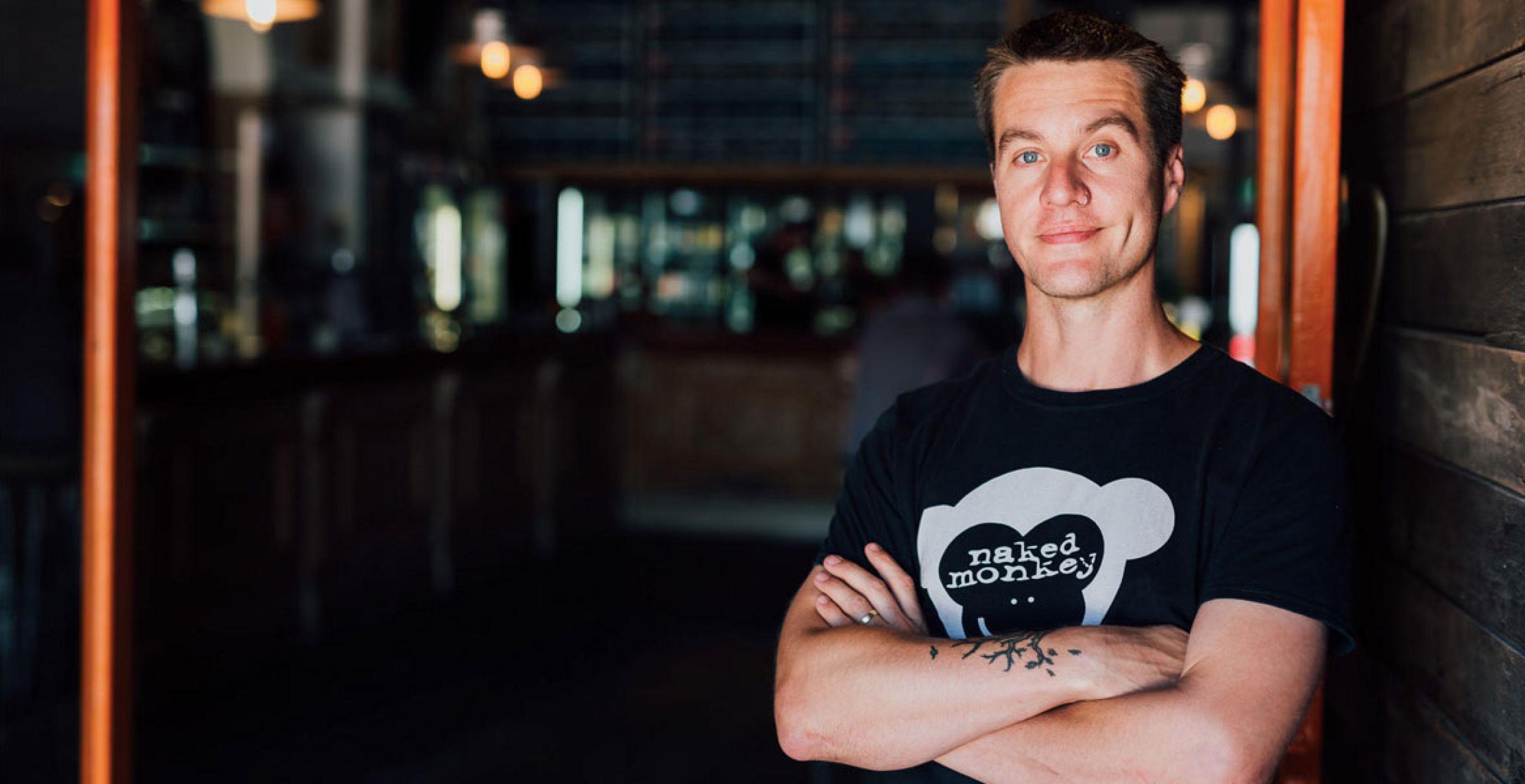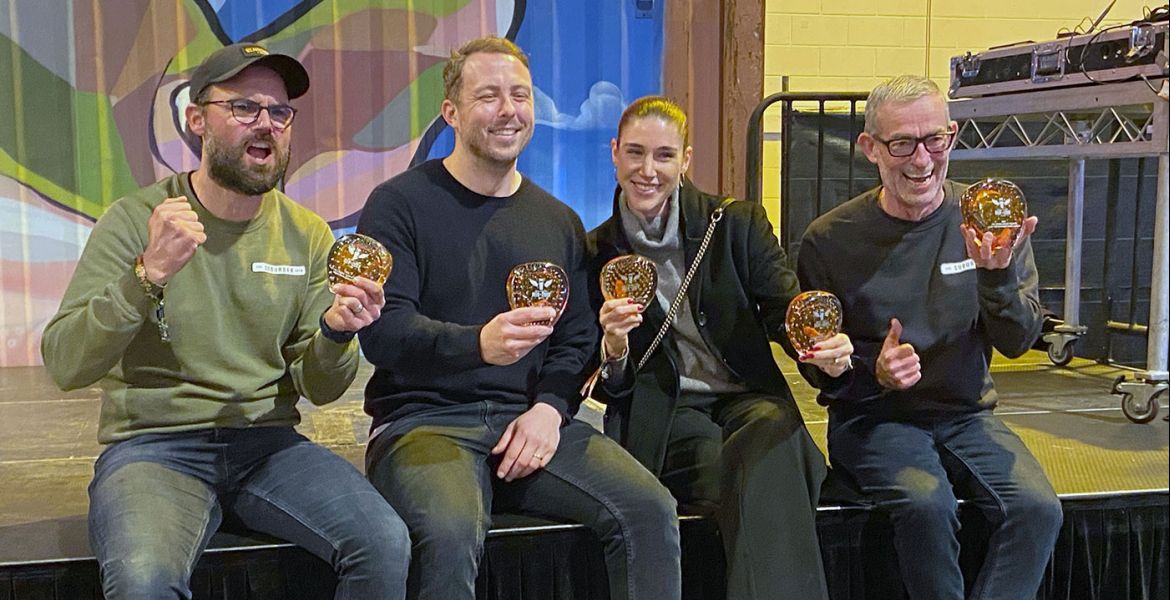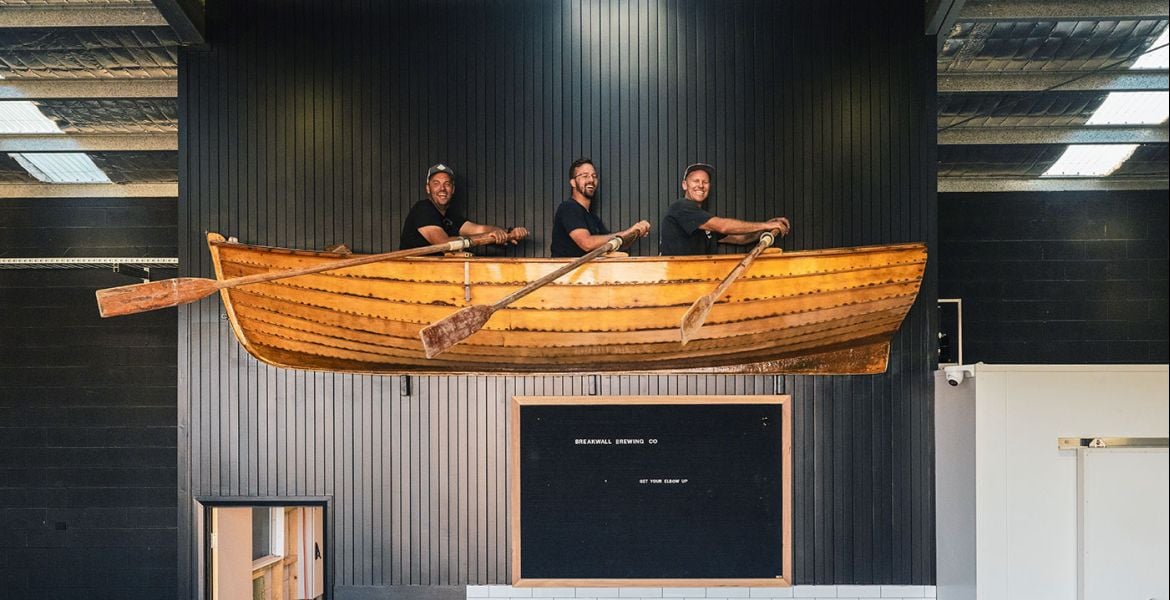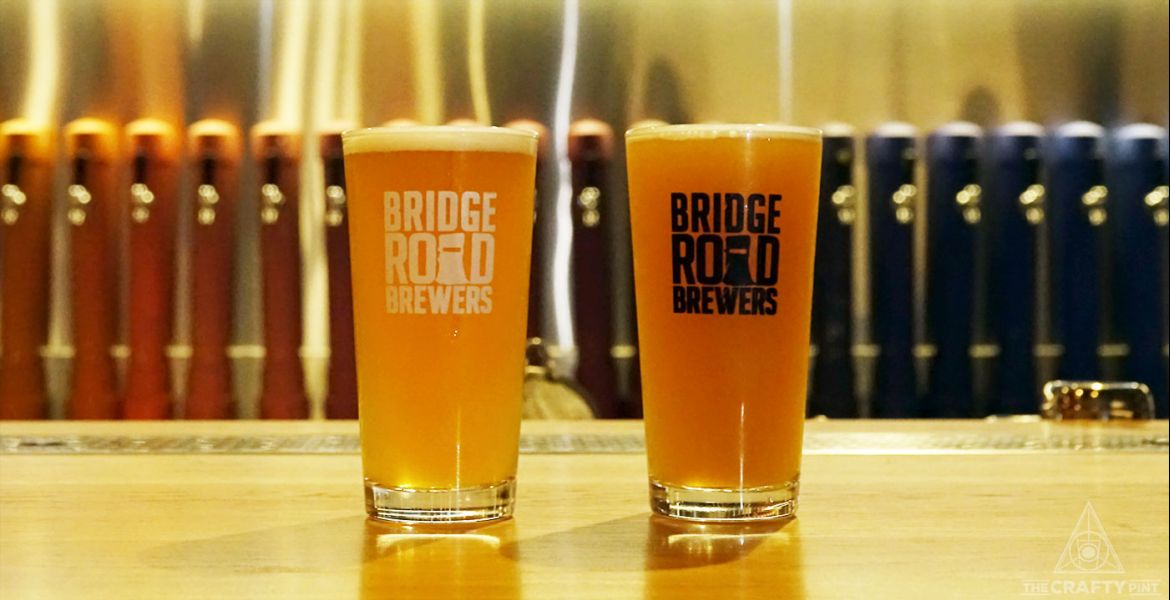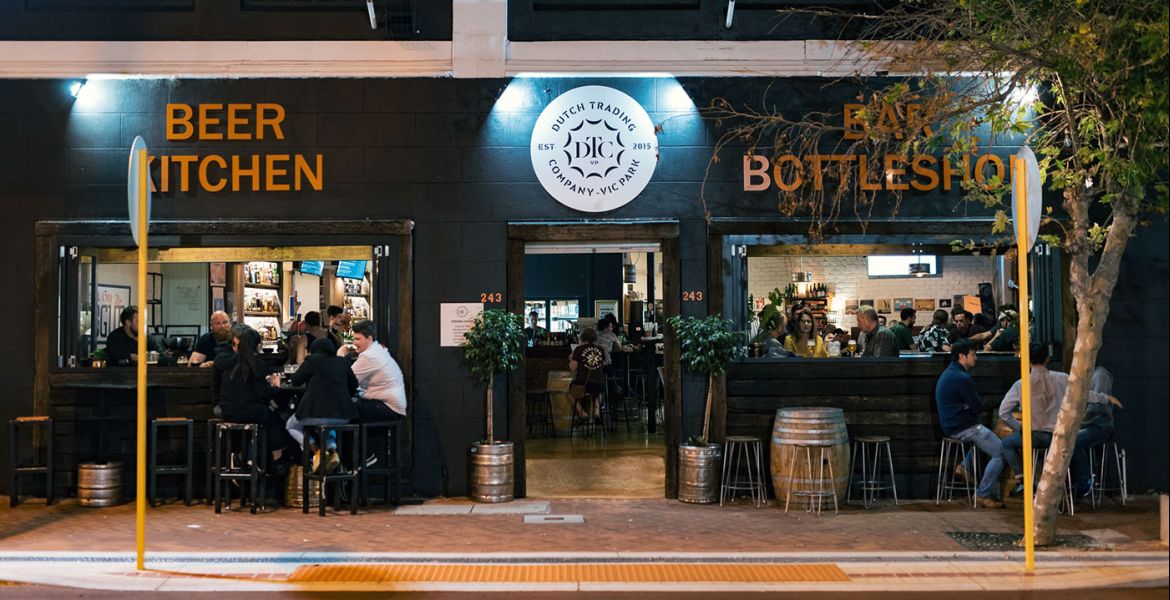In no time at all – just 18 months at the time of writing – The Dutch Trading Co has become a major port of call for Perth’s craft beer explorers. The venue has managed to strike the perfect balance between craft beer hub and relaxed, convivial environment. And at the helm of this beery ship (pun very much intended) is Joel Beresford: AKA Perth’s “Mr Beer”.
Prior to opening The Dutch Trading Co (or DTC) alongside the extremely well pedigreed Andrew Bennett and Daniel Strepini, Joel Beresford headed up the team at Cellarbrations at Carlisle, one of the city's pioneering beer stores, which combined stocking a dazzling array of beers with the hosting of regular high quality beer events.
Several years of acquired beer knowledge at this Perth craft beer institution, not to mention bringing the likes of Mornington Peninsula Brewery and Modus Operandi beers to the WA market, has given Joel and The DTC its razor sharp edge, one that made it an obvious choice for us when hosting our first ever WA Crafty Cabal events at the end of 2016.
As 2017 gets underway, The Crafty Pint sat down with Joel to talk about everything from the newly installed CANary to brewer-venue collaborations in the latest entry in our Behind Bars series.
What are bar staff drinking at the end of their shifts?
Joel Beresford: A lot of the younger guys are really hitting the hops. A lot of [Modus Operandi] Sonic Prayer is being drunk at the moment. It does help that it’s less than two weeks old – we only have two cans left! Session beers are definitely coming back in vogue, and fruited ales of all descriptions. IPAs, saisons and sours [especially gose and Berliner Weisse] are getting picked up too.
What is the uptake of staff favourites among the general public?

JB: If a staff member likes something, they’ll [encourage punters to try it]. As a result, the percentage of sour beers in our fridges is increasing along with sours on tap.
Case in point, when we did our wild and sour day at the end of September 2016 I was a bit worried as we had all 18 taps dedicated to sour beer. I was concerned about the general public coming in and they might be upset they couldn’t get a pale ale or a lager, or cider even, but it was one of our biggest ever days! Not just for beer geeks, but the general public coming in and finding a beer that they loved. Dugges’ Tropic Thunder pineapple and mango sour ale got drained immediately.
I must say a big kudos to the staff for explaining to the customers what a certain beer is and how to approach it. Staff will tell customers that the first sip [of a sour beer] will send their palate into shock, before the second or third sip neutralises the sensation and then they get the real flavour from it.
What are some general bar trends? What are people asking for?
JB: [Punters are after] easier drinking, lower ABV beers, especially now summer’s coming along. Your big double IPAs and high ABV IPAs will be here to stay forever I think. To reiterate, sours and fruited beers are being asked for a lot too.
Big IPAs are our fasted rotating style at the moment, though. In saying that, if we put a keg of pale ale or lager on tap on a weekend it’ll blow that day, and lagers are coming back in a big way too. I think there’ll always be a place for a really well made pilsner. It takes skill to make a really good pilsner!
Are more people starting to drink craft where they weren’t drinking craft before? What’s winning over the newcomers?
JB: People are starting to realise beer can have flavour and be different. It can be treated like wine, paired with food and have a story. Beer has a personality now. Beforehand, wine and cocktails were the only things allowed to have personality.
[A turning point for] one customer was Petrus Aged Pale; he first came in wanting something different. I love that beer, one of my several epiphany beers. It has a great story behind it too.
It’s not just selling a beer on its flavours, it’s talking about how a beer came to be. If you can engage someone who’s not craft beer minded and give beer a personality, they’ll look at it in a different light. Newcomers won’t then see it as a weird beer we’re trying to palm off for ten bucks, they’ll see it as a culmination of skill, history and process. They can think about it while they’re drinking it. Ultimately they’ll be more open to what that beer is offering.
I’ve always loved beer history – how things have happened and why. Especially Lambic beers; it’s easy to fall in love with them because they’re not the easiest beers to make. It’s a time consuming process, things can go wrong and they can easily be misconstrued. But it’s the history behind them that’s most appealing. They [represent] the next level of brewing as well.
How is the recently installed CANary (The Dutch Trading Co’s takeaway canning system) being received by customers?

JB: It’s going really well! It’s really handy for keg-only releases, which is what it’s used for the most. We canned a lot of Boatrocker’s Miss Pinky before its [now widely available] packaged release. It’s a bloody great beer, and at the time people knew Miss Pinky was only available on draught in WA. It’s really fun too!
The canning process is extremely simple, although I made a couple of alterations to the CANary myself. The nature of the canning machine is to get the seal done properly; there’s the tendency to overflow it. There’s a little excess beer that gets spun out when the can is put on the seamer. I put a couple of guards on it to stop myself and customers getting sprayed with excess beer. It works like a dream!
We do [takeaway beers] in 375mL cans which we found to be the better way to go as we’re all about options and choice. We’d rather have customers take home a mixed six-pack of smaller cans to try.
What do you think will be the next big thing?
JB: Fruited beers, Berliner Weisse, gose, sours… I’m wishing that to happen anyway [laughs.] I’m going to make it happen!
Kettle sours are very viable – they’re easy sours to do without affecting breweries with damaging [unwanted] microflora. Kettle sours are really big in America and they’re sure to end up being big here.
Meads [and braggots] are going crazy in the States. I don’t think they’ll be as big here but there’s definitely a movement, and I really want to encourage it. We’ve got some really interesting meads in - the Polish do some crazy things with mead! Rose petal and wild berry meads are new nuances in that particular category.
Barrel ageing [beer] programs are definitely going to to step up too.
What next for The Dutch Trading Co?
JB: We’ve been talking to the Institute of Beer over in Sydney about doing the Cicerone exams and qualifications. We’re the host venue for all the [Cicerone] training, workshops and exams here in Perth. One of the reasons we’re really keen to do it is so we are held accountable for the way in which we run the venue. We want to maintain the high standards set by the Cicerone program.
We’re going to try and get everyone to the highest degree [Master Cicerone]. I know that’s what I’m aiming for [personally.] It’s very exciting - and tough too!
La Sirène’s Costa Nikias came over recently and it was great to chat with him. We managed to nail down a collaboration with him which we’re really excited about. The only other brewer he’s collaborated with is Jester King!
I’m a bit of a collaboration freak as it’s a part of the whole ethos of this industry – getting to know a brewer and sharing the experience.
Finally, you’re at the front of the bar: you see the trends, you see the people; any comments on where you think beer is heading?

JB: Definitely more into the [wider] public awareness. More venues are going to take up craft beer. I think more venues are going to pop up – bars and brewpubs. I don’t know if everyone’s going to survive. But [those who do make it] are thinking ahead of the curve about what they want to do and how they want to be perceived – doing so with a really good mission statement.
Craft beer is becoming more mainstream. It’s a bit of an ugly word to use because when people think mainstream they think “sell-out”, but what I mean is craft beer is becoming more widely accepted every day.
You can read our other Behind Bars interviews with leading venue staff and owners here.
Crafty Cabal Member offer at The Dutch Trading Co:
Save 20% On All DTC Paddles
About the author: Graham "Stoutwhiskas" Frizzell is a legally blind beer writer and brewer in the making. You can find his beer writings at Blind Taste Test.



